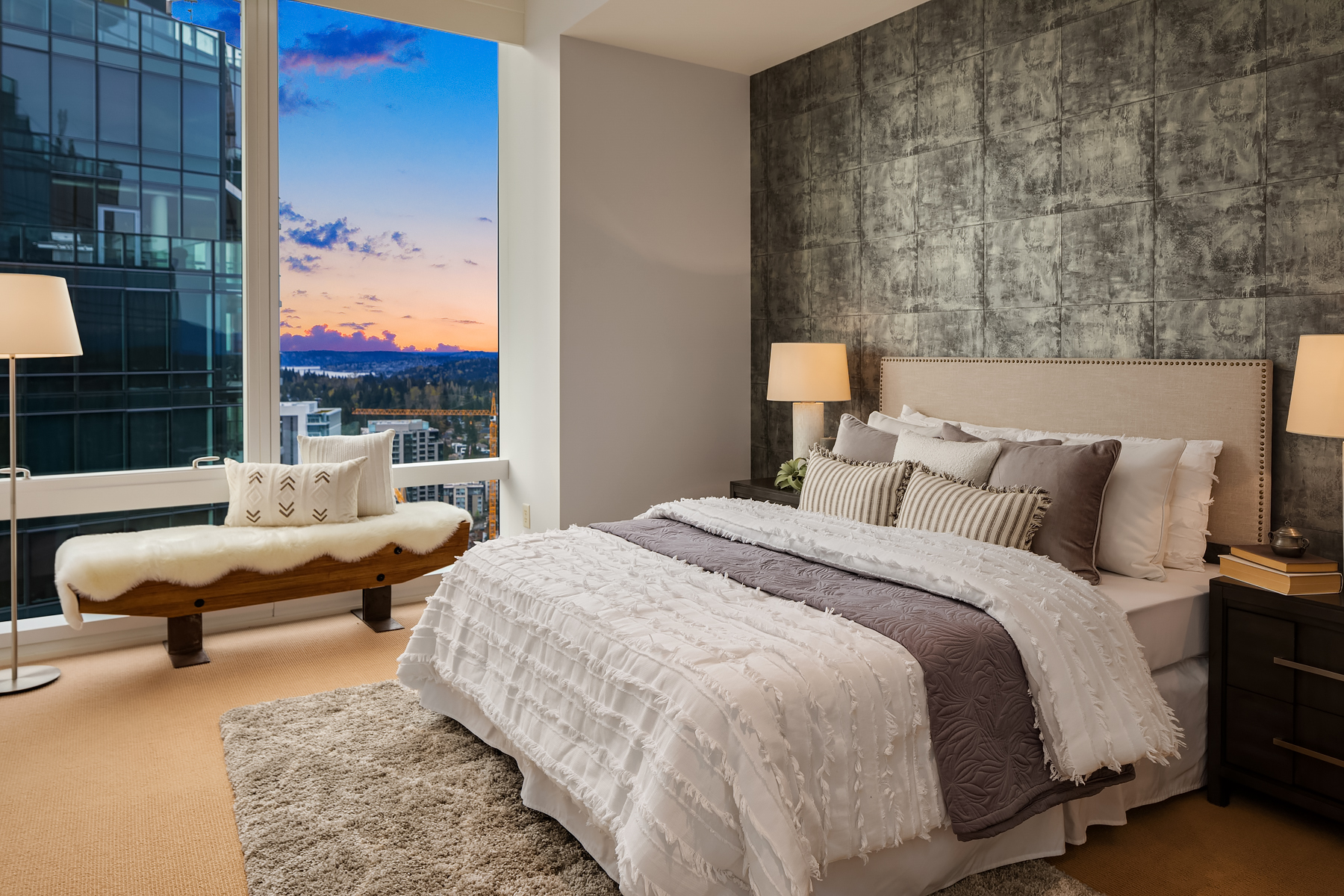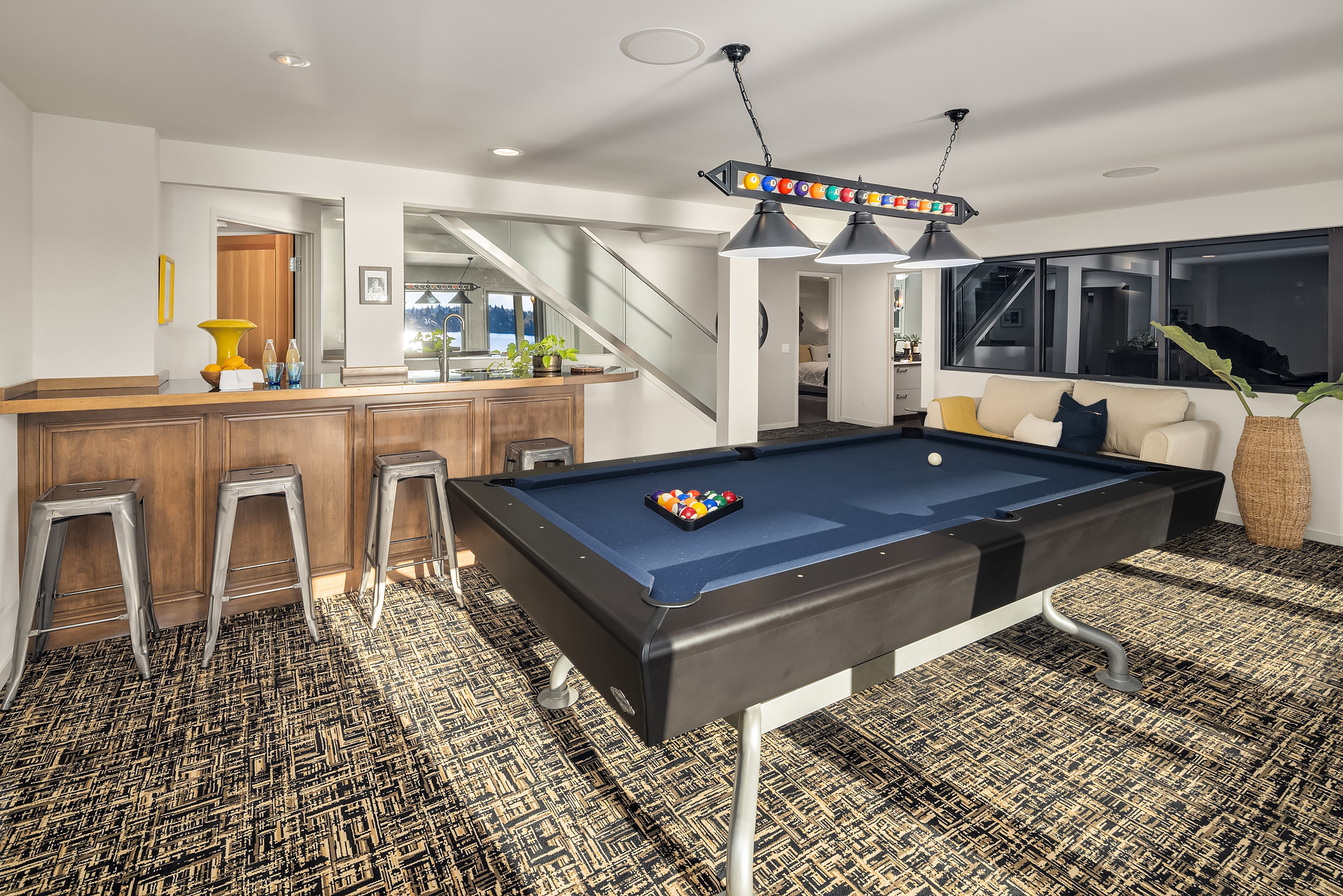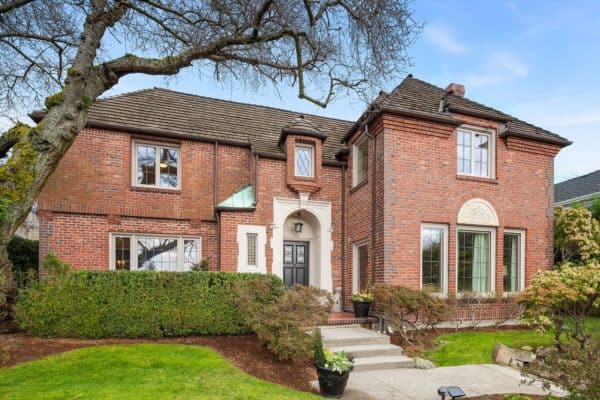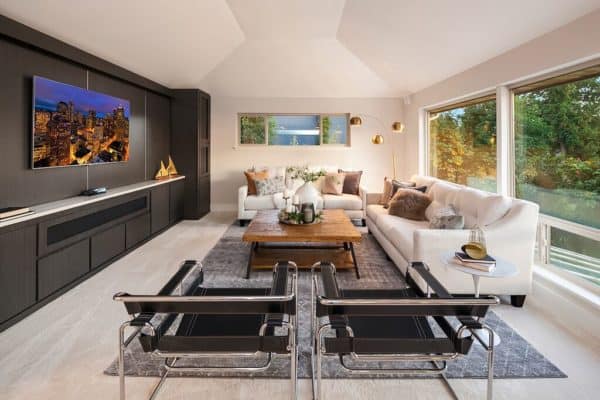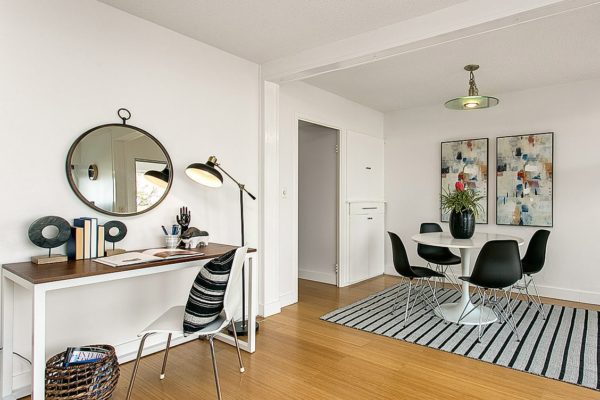Many homeowners opt to sell their homes when they’re ready to move, but there’s an opportunity to get an even greater return. With a little investment, you can convert your old home into a long-term rental property. Here are 6 important tips to keep in mind when getting ready to make the switch.
1. Check the Rules
First, you should make sure that you’re allowed to convert your home into a rental property. If you have a mortgage, check the terms of your contract. Typically, you have to live in your house for twelve months before you can use your house as a rental. Additionally, if you’re part of a homeowner’s association, there could be a cap on the number of rental properties allowed in your neighborhood. You may have to be put on a waitlist, so check in with your local HOA for any restrictions.
2. Know the Laws
Make sure you understand the regulations surrounding rental properties. There are a variety of laws landlords need to know, ranging from rights to privacy to the prohibition of discrimination based on gender or race. Familiarizing yourself with the laws can protect you from legal action down the road. You also might want to contact an attorney to assist with drawing up your applications and lease agreements to ensure all your bases are covered.
3. Conduct an Inspection
You’ll need to conduct a thorough home inspection so that you are aware of any major issues. Often, a home inspection is conducted by a certified professional, but you can follow basic inspection checklists to prepare for it. Take care of major repairs before inviting potential tenants. The inspection will also help you get started on a routine maintenance schedule.
4. Make a Budget
Managing finances is not as simple as collecting rent from tenants. There are many rental property expenses to consider, such as landlord’s insurance, maintenance, real estate attorney fees, and special taxes. Depending on how you package rent, you may also have to include utilities such as electric, gas, water, sewage, and more. The more expenses you have, the higher you’ll have to charge for rent.
5. Make Additions
How you prep your home is up to you, but you consider additions that add value to your home. From trees and gardens to water features and patios, landscaping can make your property more appealing and allow you to charge more for rent. Take inspiration from your neighborhood, too. For example, if you live in a multi-family, suburban neighborhood, you may be renting to tenants who have children, so making your yard kid-friendly or including a pool could attract those types of tenants. You should stage your home as well, targeting specific tenants with customizable designs. See how Seattle Staged to Sell & Design can stage your property to success.
6. Market Your Listing
Take advantage of online sites that are popular with landlords to post your listing for free, but don’t underestimate the power of offline marketing strategies. Start thinking about making business cards. Make sure your card is eye-catching and professional since statistics show that over two-thirds of people will not use a business card that looks cheap. Luckily, you can easily create business cards with pre-made templates. Utilize captivating pictures, logos, text, fonts, and colors to set your card apart from the rest.
If you’re ready to move, consider converting your old home into a rental property instead of selling it. As long as you know the rules and regulations, plan accordingly, and can market your listing, you’ll be in great shape for success.
Feel free to share this post:

